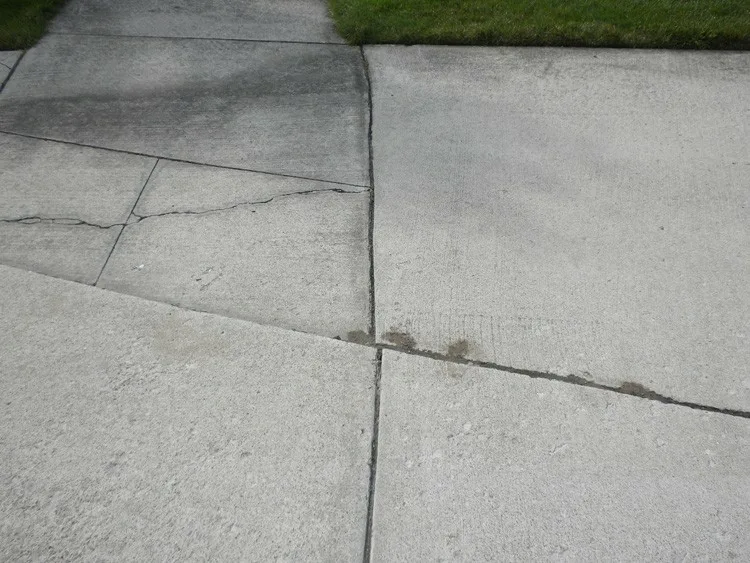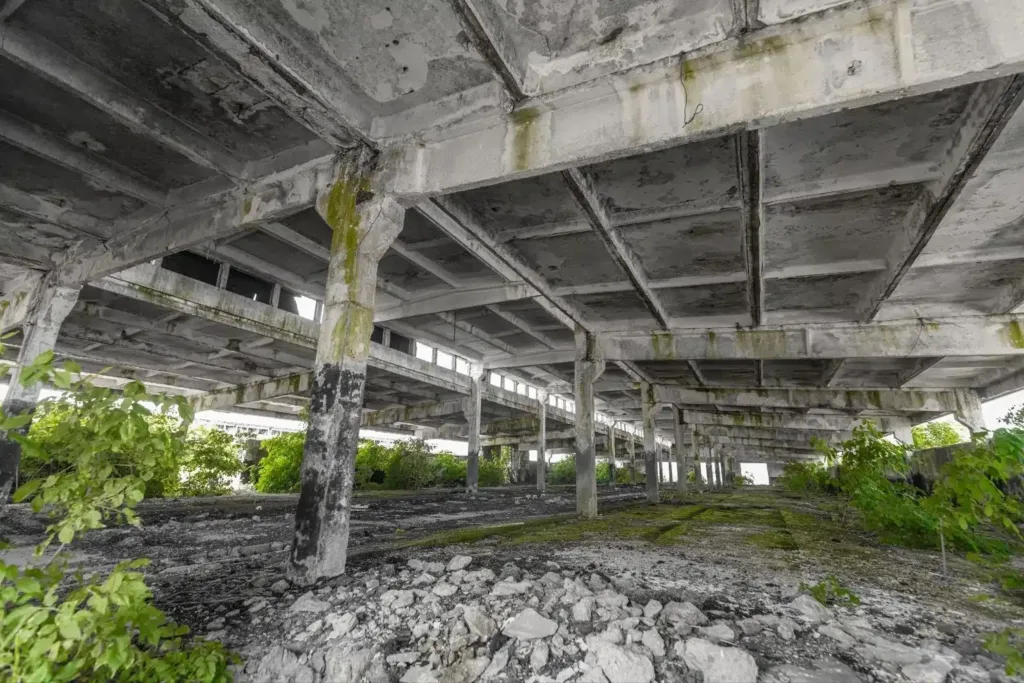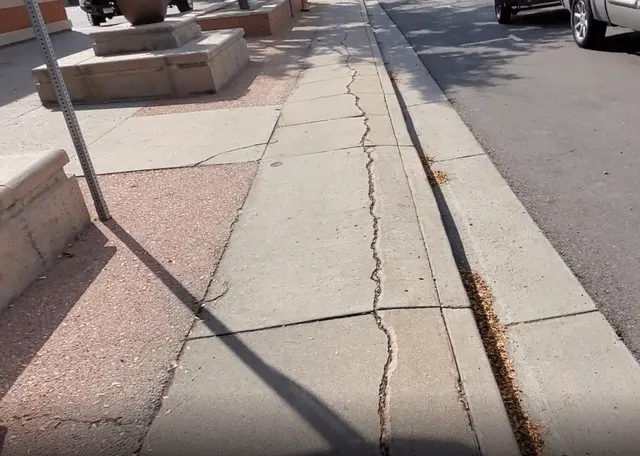Concrete creep is the gradual, long-term deformation of hardened concrete under sustained load, causing an increase in strain without a change in applied stress. It occurs as a slow, continuous movement within the material, leading to progressive changes in shape over time. This phenomenon affects structural stability by altering dimensions and internal stress distribution.
Where Concrete Creep Occurs:
- Residential & Commercial Buildings – Occurs in columns, beams, and slabs.
- Bridges & Flyovers – Affects girders, piers, and decks.
- Dams & Retaining Walls – Leads to slow deformation in massive concrete sections.
- Tunnels & Underground Structures – Causes gradual shape changes in tunnel linings.
- Long-Span Bridges & Flyovers – Occurs in prestressed girders and decks.
- High-Rise Buildings – Affects prestressed slabs, beams, and core walls.
- Precast Concrete Components – Leads to prestress losses in precast elements.
Causes of Concrete Creep
- Loss of water from concrete over time leads to shrinkage and creep.
- Continuous application of load causes gradual deformation.
- Weak or porous aggregates increase creep.
- Higher water-cement ratio results in more creep.
- Expansion and contraction affect creep behavior.
- Poor curing leads to higher creep due to incomplete hydration.
- Higher applied stress leads to increased creep deformation.
- Cement composition influences long-term creep characteristics.
- Lateral strain due to axial stress can contribute to creep.
- Gradual loading increases creep compared to sudden loading.
- Development of microcracks under stress enhances creep.
- Delayed Ettringite Formation (DEF) and alkali-silica reactions (ASR) contribute to creep.

Types of Concrete Creep
Primary Creep
Primary creep occurs immediately after a load is applied and lasts for a short duration. This phase is characterized by a rapid increase in strain due to the initial adjustment of the concrete’s microstructure. The rate of deformation is high at the beginning and then gradually slows down as the internal resistance of the material develops.
Secondary Creep
Also known as steady-state creep, secondary creep is a long-term, gradual deformation that continues under sustained loading. This phase occurs at a nearly constant rate and is the most significant portion of the creep process. It is influenced by factors such as load intensity, mix design, aggregate properties, and environmental conditions.
Tertiary Creep
Tertiary creep is the final stage, where the rate of deformation accelerates rapidly, leading to failure. This phase is typically observed in high-stress conditions or in cases where microcracking has significantly weakened the material. If not accounted for in design, tertiary creep can lead to structural instability or collapse.
Basic Creep
Basic creep refers to the deformation that occurs in a sealed concrete specimen without any moisture exchange with the environment. This type of creep is driven purely by the internal movement of cement gel particles under sustained stress and is independent of drying effects. It is significant in high-performance concrete with low permeability.
Drying Creep
Drying creep is the additional deformation that occurs when concrete loses moisture while under load. This type of creep is a combination of basic creep and shrinkage effects, where the loss of water from the cement paste leads to increased microstructural changes. It is more pronounced in environments with low humidity and high temperature.

How to Prevent Concrete Creep?
- Use high-quality aggregates to reduce deformation.
- Optimize water-cement ratio for a denser matrix.
- Use supplementary cementitious materials (SCMs) to improve strength.
- Ensure proper curing to enhance hydration.
- Apply pre-stressing techniques to counteract tensile stresses.
- Reduce sustained loads by efficient structural design.
- Use high-strength concrete to minimize long-term deformation.
- Improve construction practices for better compaction and bonding.
- Control environmental conditions to prevent moisture loss.
- Use proper reinforcement to resist creep-induced deformation.
Repair Methods for Concrete Creep
- Structural Strengthening – Reinforce affected areas with additional steel or fiber-reinforced polymer (FRP) wraps.
- Pre-Stressing or Post-Tensioning – Apply external pre-stressing techniques to counteract creep deformation.
- Grouting and Injection – Inject epoxy or polymer-based grout to restore strength and reduce further movement.
- Jacketing – Encase affected sections with reinforced concrete or steel plates for added support.
- Load Redistribution – Modify load paths by adding support elements like beams or columns.
- Carbon Fiber Reinforcement – Apply carbon fiber sheets to strengthen structural components.
- Surface Treatments – Use protective coatings or sealants to reduce further moisture loss.
- Replacement of Affected Sections – Remove and replace severely deformed concrete elements.

Conclusion
Mitigating concrete creep is essential for long-term structural stability. With quality materials, proper design, and effective repairs, its impact can be minimized, ensuring durability and safety.

